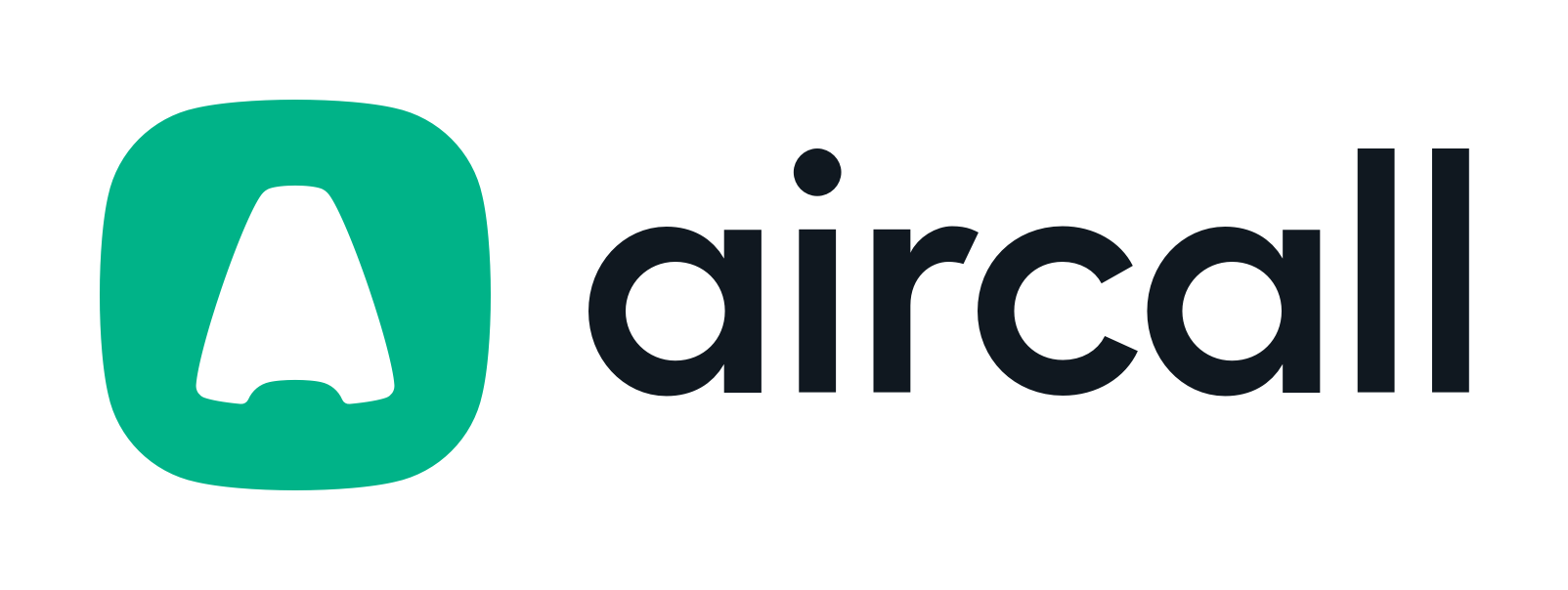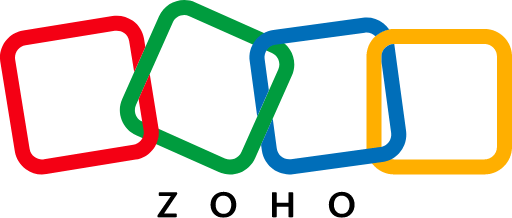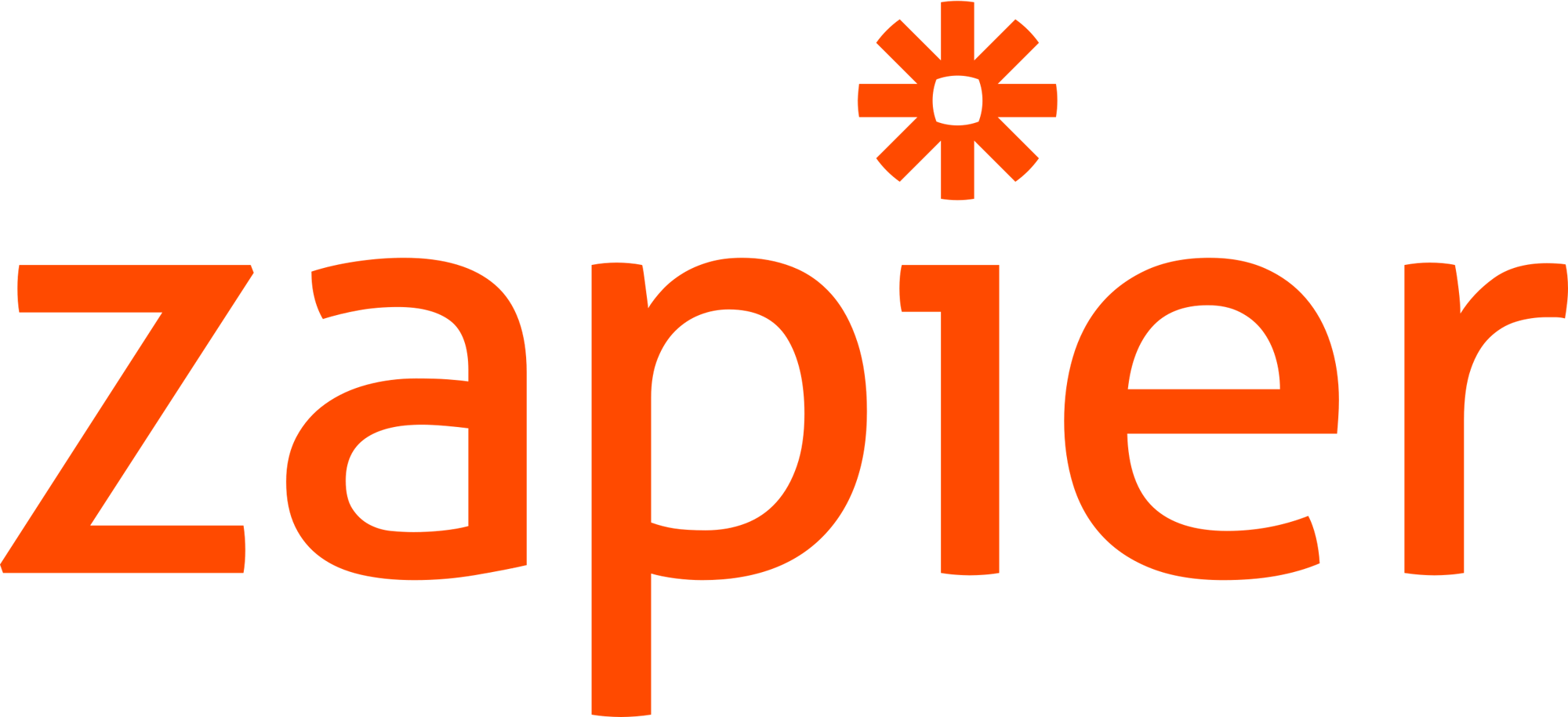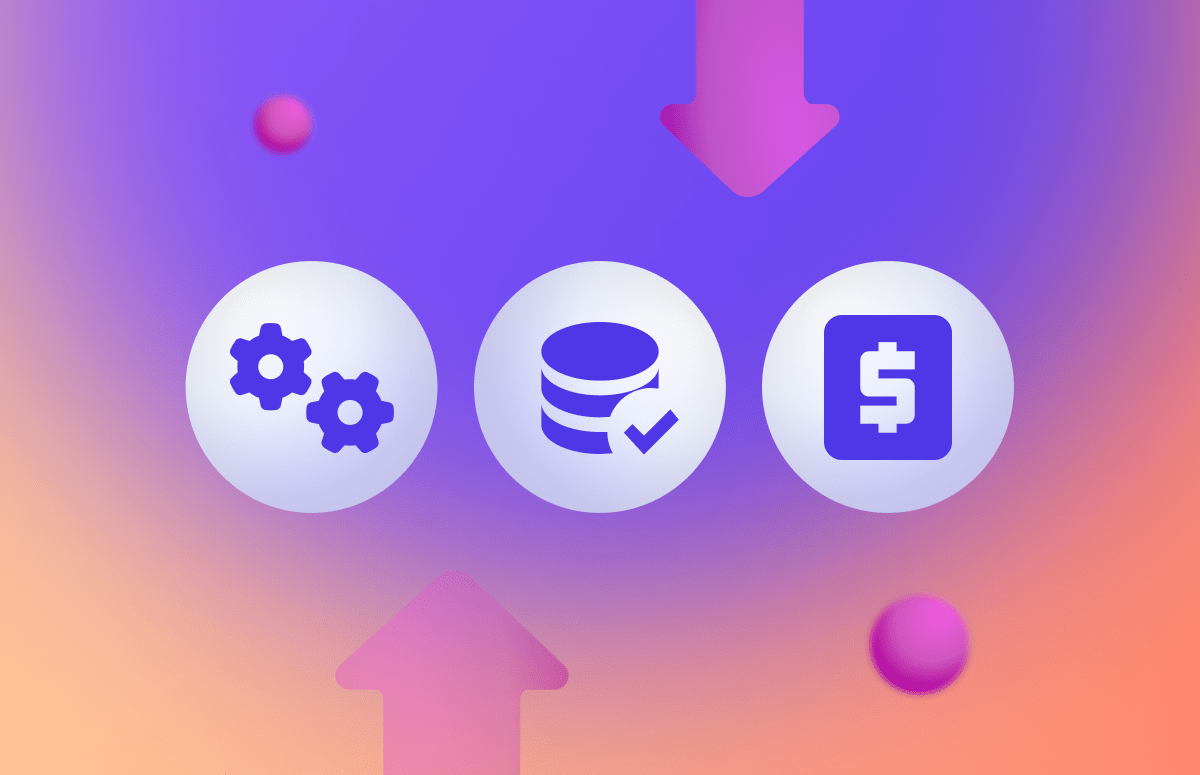![7 Ways to Get a List of Cell Phone Numbers [Tools]-festured-image](https://6052405.fs1.hubspotusercontent-na1.net/hubfs/6052405/2023%20-%20Blog/EN%20SEO%20blogs%20%28Product%20use%20case%20keywords%29%20%5B%2B%20FR%2c%20ES%20and%20DE%20variations%5D/List%20of%20cell%20phone%20numbers/EN_list-of-cell-phone-numbers-card.png)
If you’re looking for B2B direct dials, here are seven ways to find and call prospects:
- Use a sales intelligence tool.
- Try to get their number from LinkedIn.
- Look at the company website.
- Go through the gatekeeper.
- Ask the prospect for the direct dial.
- Check their email signature.
- Get a referral.
1. Use a sales intelligence tool
Is it free? Free and paid.
SDRs use sales intelligence software to identify potential prospects, learn more about them, and find direct dial phone numbers.
Sales intelligence tools (sometimes called prospecting tools) speed up the prospecting process. You don’t need to look for contact data manually; you can start cold calling.
Some tools allow you to search databases based on filters like job title or industry, providing a list of potential contacts and their business phone number.
Others, like Kaspr, make accessing direct dial data on tools you already use easy. Use Kaspr’s free LinkedIn Chrome Extension to capture lead data from anywhere you’re browsing on LinkedIn or in Sales Navigator.
/LinkedIn%20Chrome%20Extension/EN%20LinkedIn%20Chrome%20Extension/EN_linkedin-chrome-extension-show-contacts-data.webp?width=800&height=541&name=EN_linkedin-chrome-extension-show-contacts-data.webp) (Graphic showing the Kaspr Chrome Extension working over a LinkedIn profile)
(Graphic showing the Kaspr Chrome Extension working over a LinkedIn profile)
Sign up for Kaspr here
⭐ 4.4/5 on G2 | No credit card required
You can find an individual prospect’s phone number or use Kaspr to get data in bulk, creating lists for sales reps. Use these lists to automate outreach on LinkedIn, send cold emails, and make direct-dial calls.
Kaspr is for SDRs and small sales teams. Larger enterprises may consider other sales intelligence tools, including the following:
- Cognism is suited for larger teams looking for B2B contact databases with intent data and high accuracy rates.
- Bombora is the leading source of intent data to help businesses find in-market customers.
- LinkedIn Sales Navigator is one of the most commonly used prospecting tools on the market (use with Kaspr to find all the contact data for the people on your list ).
The benefits
Sales intelligence software is the most efficient way to obtain accurate direct dial data quickly. It is the best way to streamline or scale up the prospecting process.
Tools like Kaspr have bulk data enrichment and prospecting features to make this as quick and easy as possible.
The drawbacks
While some sales intelligence software is low-cost or free (Kaspr included!), tools can come with a high price tag.
New software can mean adoption and onboarding, including team training.
In some cases, B2B contact database providers may also have inaccurate information or direct dial data that isn’t compliant with privacy regulations. Choosing accurate software that aligns with major privacy regulations and with your budget is essential.
The cost
The cost of sales intelligence software varies significantly.
Kaspr, for example, has free and low-cost plans. Paid plans start at $49 per month and are designed for individual contributors, founders, and small sales teams.
On the other end of the spectrum, you have tools like Cognism for large sales teams and enterprise companies. This software typically has a more premium price point.
2. Try to get their number from LinkedIn
Is it free? Yes!
Getting a phone number from LinkedIn is easy - and it can be free.
Start by looking at the prospect’s profile. Some prospects have their direct dial information listed under “Contact info.”
 (Graphic showing the two steps to get direct dials from LinkedIn for free)
(Graphic showing the two steps to get direct dials from LinkedIn for free)
You can also use Kaspr’s free LinkedIn Chrome Extension to collect a prospect’s business phone number, even if they don’t have it publicly listed.
When viewing a potential customer on LinkedIn, click on the Kaspr widget. A single Kaspr phone credit allows you to access the customer’s direct phone number, add it to lists, and even make phone calls using direct dial integrations.
👉 Sign up for Kaspr here - it’s completely free!
The benefits
The manual method of finding prospect direct dials on LinkedIn can be helpful. You may already be on their LinkedIn profile, so it takes an extra click to see if their direct dial is listed.
For easier phone number collection on LinkedIn, use Kaspr to quickly access a prospect’s phone number anywhere you’re browsing on LinkedIn. Kaspr’s data also has a high accuracy rate, so you can trust that it’s up to date.
The drawbacks
Many prospects won’t have contact information listed on their public LinkedIn profiles. If they do, they’re more likely to include their email address instead of a phone number.
The manual LinkedIn method is slower than sales intelligence tools, and the data is unlikely to be accurate.
The cost
Reviewing a contact’s profile for a publicly listed phone number is free and easy. But using Kaspr’s free plan means you’ll be more likely to get complete and accurate data.
3. Look at the company website
Is it free? Yes!
Some company websites have contact information for certain high-level employees, including email addresses and phone numbers.
For example, small businesses and some public organizations may provide phone numbers for direct dialing. If they do, the information is on the “Contact Us” page or team directory.
Some tools, like Cognism, have a Browser Extension that shows employee names, titles, and contact information on company websites for target accounts.
The benefits
If direct dial information is listed publicly online, it’s likely to be accurate and up-to-date. It also may mean the organization is receptive to cold calls.
The drawbacks
This strategy can be slow and require manual effort; it doesn’t scale well. In many cases, direct dial numbers aren’t listed on the site, requiring brands to use third-party tools and extensions to access phone numbers.
The cost
Looking for direct dial numbers on a company website is free. If you use a tool that works on a company website, you’ll need something like Cognism (book a demo to learn more).
4. Go through the gatekeeper
Is it free? Yes!
Trying to reach C-suite level executives or other high-level decision-makers? Your best bet may be to go through a gatekeeper.
Most businesses, for example, have a company phone number on their site. If you call this number, you likely won’t reach a high-level executive; you’ll meet a gatekeeper.
The gatekeeper may be a receptionist or assistant; you must go through them to get to the prospect.
When you reach the gatekeeper, introduce yourself and mention the prospect by name. Treat the gatekeeper with the same respect you treat prospects. They may be willing to provide a direct dial number for the prospect or advise of a better time to call back.
The benefits
Sometimes, even a direct dial number still gets you on the phone with a gatekeeper, so knowing how to build rapport with the gatekeeper is an important skill for SDRs.
Getting hold of the gatekeeper is sometimes easier than reaching the prospect you’re targeting, which may speed up the process.
The drawbacks
Reaching the gatekeeper means that you haven’t quite connected with the decision-maker. If the gatekeeper is under strict instructions not to accept sales calls, it can be challenging to book a meeting.
The cost
Contacting a gatekeeper and requesting direct dial phone numbers is free.
5. Ask the prospect for the direct dial
Is it free? Yes!
Sometimes, the best way to get a prospect’s direct dial is to ask them for it.
Many SDRs first make contact using email or LinkedIn. Send an introduction to build familiarity and explain why you’re reaching out. Ask to book a phone call at a time convenient for the prospect and see what they say.
The benefits
If the prospect is interested and offers their phone number, that’s a great sign. They’ll expect a phone call and want to hear you say.
The drawbacks
Making initial contact over the phone may be more effective than email or direct messaging on LinkedIn. However, your messages may be dismissed or go to a spam or promotional folder.
The cost
Asking a prospect for their best contact information costs nothing, making it a solid low-cost strategy when you can’t find it elsewhere.
6. Check in their email signature
Is it free? Yes!
Formatted email signatures are standard for professionals. They may list a contact’s name, job title, and potentially their contact information, including phone numbers.
If you’re already in touch through email, check for an email signature to see if direct dial information is listed.
Remember to check below the dotted line at the bottom of emails - signatures may be hidden there.
The benefits
Contacts with phone numbers in their email signature may be more open to cold calls than other leads. This information is also coming directly from the lead, so it’s up-to-date.
The drawbacks
If you’re already in touch through email, you’ve made initial contact. Some leads may prefer you schedule a call in advance if you’re already in touch.
This tactic also doesn’t scale well; it requires you to have a lead’s email address already, send initial outreach, and get a first response back.
The cost
Once again, good news: This strategy is free.
7. Get a referral
Is it free? Yes!
If you find a potential customer that aligns with your ideal customer profile (ICP), you’ve likely already done some research. While reviewing their profile, see if you have any connections in common.
Networking is a powerful sales tool, so ask connected colleagues if they’re open to providing a phone number or making an introduction.
The benefits
Personal recommendations from friends and colleagues carry significant weight. A warm introduction to the prospect from someone they trust can automatically get things off to a great start.
Connection rates are likely higher when referrals are involved than cold messaging.
The drawbacks
Some connections may not be willing to provide a phone number outright, but they will connect and introduce you to the prospect. Once you’re connected, you can request the prospect’s information.
The cost
This option is free unless your connection charges a referral fee if the client signs a contract.
How do you get direct dials?
Using sales intelligence software is the most effective and scalable option for getting direct dials.
These tools help SDRs find accurate contact information quickly (business phone numbers included!). Use them for individual prospects or to create bulk lists of potential leads, giving your sales team plenty of direct dials for outbound sales calls.
SDRs can benefit from the speed and accuracy that comes with sales prospecting software.
You can also use any other tips discussed in this post, including checking their online presence and LinkedIn or asking for the number directly from the prospect, a gatekeeper, or someone in your network.
Is it legal to call a prospect’s direct dial?
It’s legal to call a prospect’s direct dial when obtained through methods that are compliant with local regulations.
For example, you can’t call users on the National Do Not Call (DNC) List in the United States. The GDPR has outlawed B2C cold calling in Europe, but responsible B2B direct dials are still allowed.
If the prospect answers the phone and they want to talk, that’s great! You can continue the conversation and can follow up later if needed.
That said, if they don’t want to talk to you and ask you not to call back, respect that. Make an internal note of this so other SDRs and sales reps from your organization don’t continue to reach out, which could violate many cold calling regulations.
As a general practice, confirm that your direct dial numbers aren’t on any DNC lists. Some small business owners may use their personal phone numbers, and some contact databases incorrectly list personal phone numbers, so it’s best to be thorough.
Which ways of obtaining a direct dial should I avoid?
Some B2B contact databases and ready-to-purchase contact lists promise access to large leads, but some information may be outdated or inaccurate. They may also result in low-quality leads that don’t align with your ideal buyer.
For this reason, it’s best to obtain direct dials through the seven methods discussed in this post. Choose sales intelligence software that complies with privacy regulations like GDPR, and avoid databases or lead lists with poor reviews.
Access B2B direct dials now!
Whether you’re trying to reach a specific prospect or build a list of prospect contact information, use prospecting tools like Kaspr to get accurate direct dials right now.
Use Kaspr to find and collect accurate prospect data from anywhere you’re browsing on LinkedIn, including individual profiles, company pages, in-feed, and LinkedIn Sales Navigator.
Join Kaspr to take advantage of these benefits:
✅ All-in-one sales intelligence and prospecting software.
✅ Free plan available with 5 phone and 5 direct email credits.
✅ Designed for SDRs and small sales teams.
✅ LinkedIn Chrome Extension is available with all plans.
✅ Direct dialing with Ringover and Aircall integrations.
✅ GDPR- and CCPA-aligned data with high accuracy rates.
✅ Lead lists, enrichment workflows, and automated outreach.
✅ Credit-card-free trial.
Accurate European contact data
Get accurate data for your prospects and connect with your favorite sales tool








